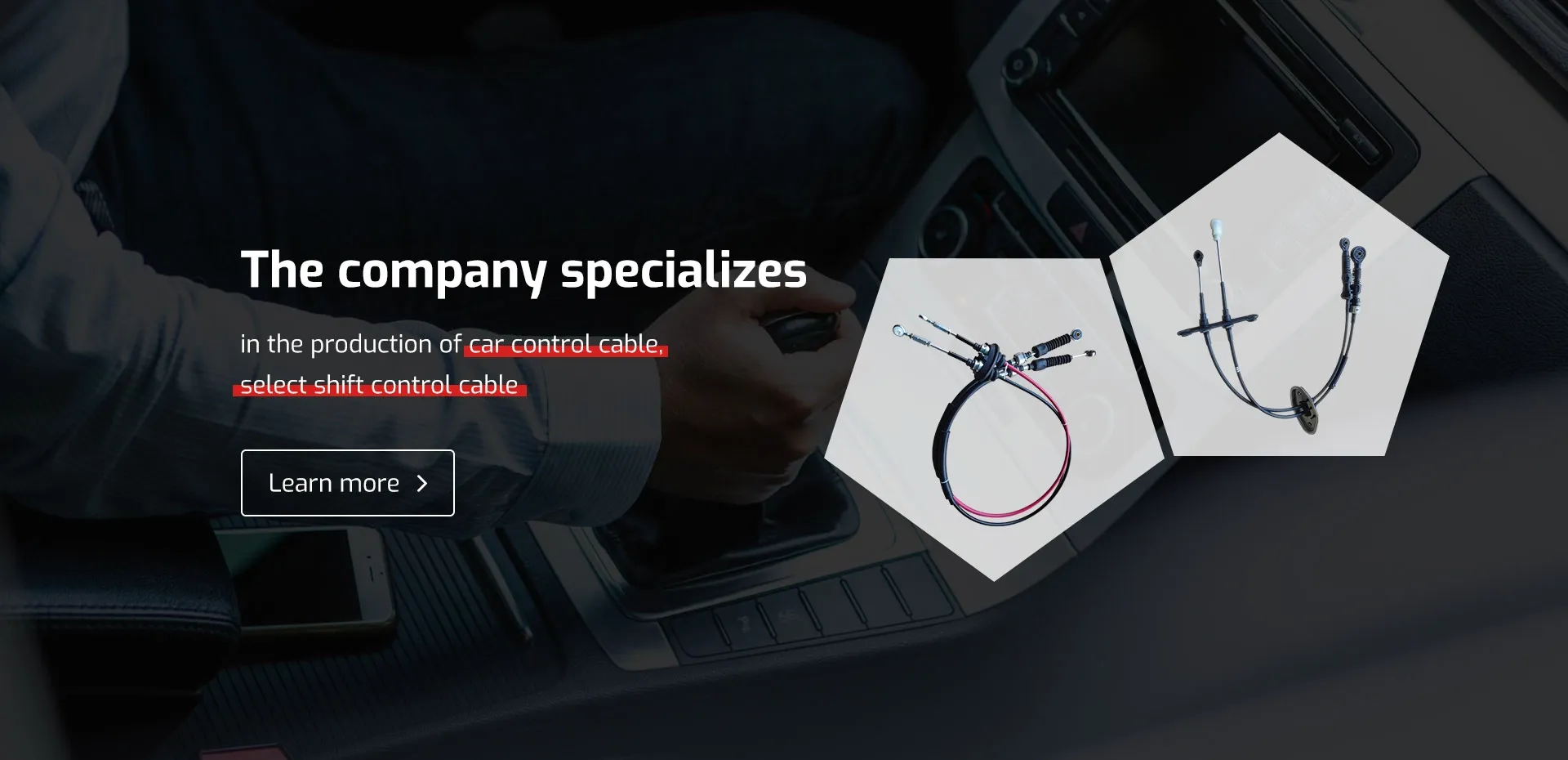adjusting throttle cable
Adjusting the Throttle Cable A Step-by-Step Guide
Adjusting the throttle cable is a crucial maintenance task for vehicles that can significantly affect performance, responsiveness, and fuel efficiency. Whether you drive a motorcycle, a car, or a lawnmower, understanding how to properly adjust the throttle cable can ensure a smoother operation and prolong the life of your engine. In this article, we will explore why it's important to adjust the throttle cable, how to perform the adjustment, and tips for maintaining it.
Importance of Throttle Cable Adjustment
The throttle cable connects the accelerator pedal to the engine’s throttle body. When you press the accelerator, the cable pulls the throttle open, allowing air and fuel into the engine for combustion. If the throttle cable is too loose or too tight, it can lead to various issues
1. Poor Acceleration A loose throttle cable can cause delays in acceleration and make the vehicle feel sluggish. 2. Stalling If the cable is too tight, it can create excessive friction, leading to stalling or erratic idling. 3. Increased Fuel Consumption An improperly adjusted cable can cause the engine to run inefficiently, leading to higher fuel consumption. 4. Wear and Tear A misaligned throttle cable can result in unnecessary wear on the cable itself and on the throttle body components.
Tools Required
Before you start the adjustment process, gather the following tools
- Wrench or socket set - Screwdriver (flathead and Phillips) - Pliers - Ruler or measuring tape - Safety goggles and gloves
Step-by-Step Adjustment Process
1. Locate the Throttle Cable Open the hood of your vehicle or access the throttle assembly on your motorcycle or equipment. The throttle cable is typically connected to the accelerator pedal on one end and the throttle body or carburetor on the other.
adjusting throttle cable

2. Inspect the Cable Look for any signs of wear, fraying, or damage. If you notice any issues, it might be time to replace the cable rather than just adjusting it.
3. Check Cable Tension With the engine off, check the tension of the cable by gently pulling on it. There should be a small amount of play (1/8 to 1/4 inch) without significant resistance.
4. Adjust the Cable - For a Loose Cable Look for an adjustment screw or a barrel adjuster along the cable's length. Turn it clockwise to tighten the cable, reducing play. - For a Tight Cable If the cable is too tight, turn the adjustment screw counterclockwise to increase the play. Make small adjustments to ensure accuracy.
5. Test the Throttle After making adjustments, sit in the driver's seat and press the accelerator pedal. The throttle should respond promptly without any delay or sticking. If there's still an issue, repeat the adjustment process.
6. Check the Full Range of Motion Make sure the throttle opens fully when the pedal is pressed all the way down and returns to a fully closed position when released. If not, you may need to adjust further.
7. Reassemble and Test Drive Once you're satisfied with the adjustment, reassemble any components you removed and take the vehicle for a test drive. Pay attention to how the engine responds when accelerating and decelerating.
Maintenance Tips
- Regularly check the throttle cable for wear and adjust as necessary. - Ensure that the cable is properly lubricated to reduce friction. - Keep the area around the throttle free from debris and dirt that can affect performance. - If you frequently adjust the cable, consider inspecting the pedal mechanism for wear, as this could impact cable performance.
Conclusion
Adjusting the throttle cable is a simple yet essential task for maintaining your vehicle's performance. By following the steps above, you can help ensure that your throttle cable functions correctly, providing a smoother driving experience and better fuel efficiency. Don’t overlook this crucial maintenance task; a well-adjusted throttle cable is key to optimal vehicle performance. Whether you’re a seasoned mechanic or a novice owner, understanding and performing this adjustment can save you time and money in the long run.
-
Workings of Clutch Pipe and Hose SystemsNewsJun.04,2025
-
The Inner Workings of Hand Brake Cable SystemsNewsJun.04,2025
-
The Secrets of Throttle and Accelerator CablesNewsJun.04,2025
-
The Hidden Lifeline of Your Transmission Gear Shift CablesNewsJun.04,2025
-
Demystifying Gear Cables and Shift LinkagesNewsJun.04,2025
-
Decoding Clutch Line Systems A Comprehensive GuideNewsJun.04,2025
